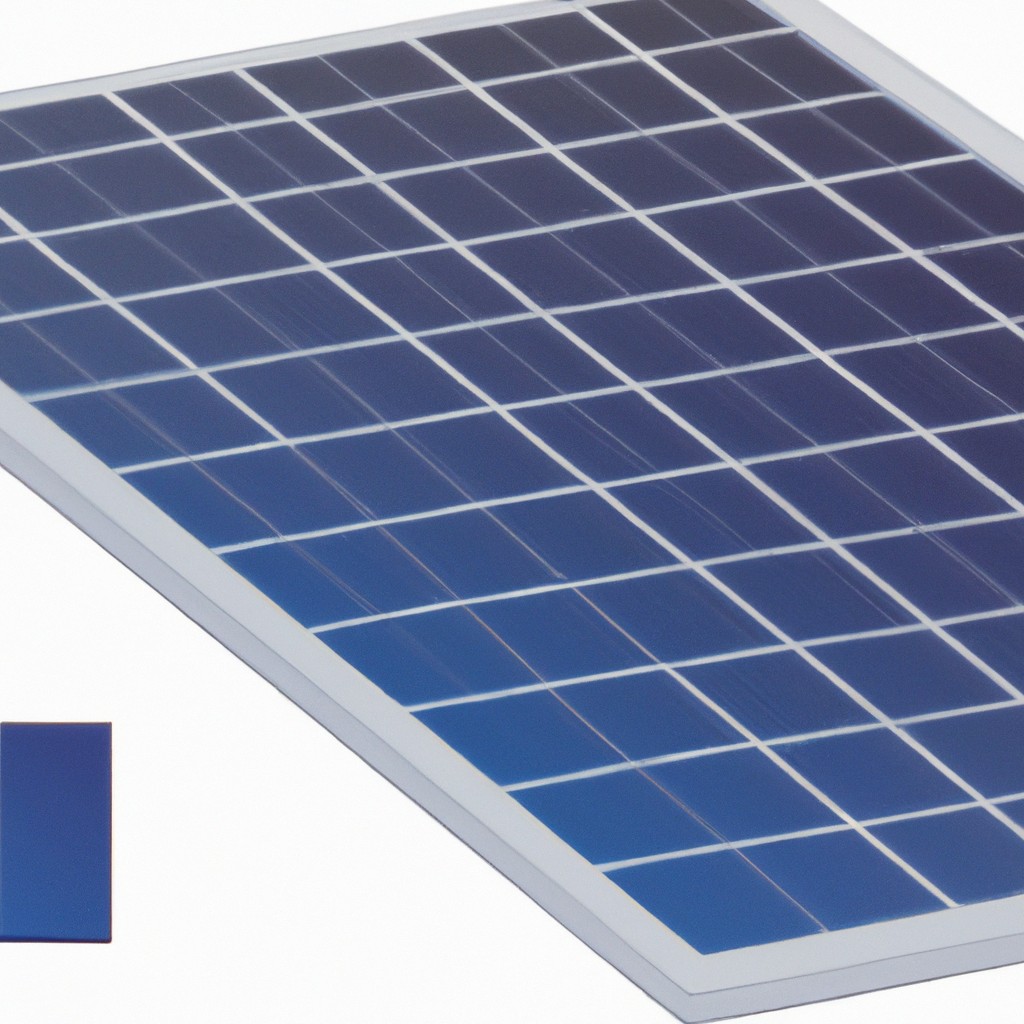This buying guide provides valuable insights on choosing the right solar panels for sale to meet your energy needs efficiently.
Key takeaways:
- Roof suitability: Consider orientation, angle, and shading of your roof.
- Energy needs: Audit current and future energy consumption.
- Performance under real conditions: Consider cloudy conditions and high temperatures.
- Compatibility: Ensure compatibility with other system components.
- Warranty: Look for comprehensive warranties, including performance and materials.
What to Consider When Buying Solar Panels for Your Home

When embarking on the journey to purchase solar panels, several critical factors require your attention:
1. Roof Suitability: Examine your roof’s orientation, angle, and shading to ensure it can accommodate and optimize solar energy collection.
2. Energy Needs: Audit your current and future energy consumption to determine the required solar panel capacity.
3. Local Climate: Investigate how your area’s weather patterns will impact solar panel performance.
4. Performance under Real Conditions: Consider how the panels perform not just in peak sun, but under cloudy conditions or high temperatures, which can affect output.
5. Compatibility: Ensure your chosen panels are compatible with other system components, such as inverters and mounting hardware.
6. Longevity: Opt for panels known for their durability to maximize the lifespan of your investment.
7. Rebates and Incentives: Research available local incentives or rebates that could reduce your overall cost.
8. Grid-Tied vs. Off-Grid: Decide if you want to be connected to the power grid or if you’d prefer an off-grid setup with batteries for energy storage.
Each consideration plays a pivotal role in tailoring a solar panel system that aligns with your specific household needs and goals.
Solar Panel Types
There are three primary types of solar panels available on the market:
1. Monocrystalline panels, identified by their uniform dark look and rounded edges, boast the highest efficiency rates since they are made from the highest-grade silicon. Their efficiency can range from 15% to 20%.
2. Polycrystalline solar panels have a blue, speckled appearance, resulting from the silicon fragments melted together during production. They offer slightly lower efficiency, typically between 13% and 16%, and are generally less expensive than monocrystalline.
3. Thin-film solar panels are the most lightweight and flexible of the three types. Made from a variety of materials, including cadmium telluride and amorphous silicon, their efficiency varies widely, from about 10% to 13%. They are less durable but the easiest to produce, leading to a lower price point.
Each type presents unique advantages and challenges, so it’s important to consider your specific needs, such as the available space for installation and local climate conditions, when choosing the right solar panels for your home.
Solar Panel Efficiency
Efficiency is a crucial metric indicating how much sunlight a solar panel can convert into usable electricity. Higher-efficiency panels generate more power per square foot, which is beneficial for those with limited roof space.
The average efficiency of residential solar panels ranges from 15% to 20%, but premium models can exceed 22%.
Several factors influence solar panel efficiency:
- Material: Monocrystalline panels, made from a single crystal structure, tend to have higher efficiency than polycrystalline panels, which are composed of multiple silicon fragments melted together.
- Anti-reflective coatings: These can enhance a panel’s ability to capture light.
- Temperature coefficient: This expresses how much efficiency is lost for every degree above 25°C. Panels with a lower temperature coefficient are less affected by heat.
- Bifacial designs: These panels capture sunlight from both the front and back, increasing total energy production.
Considering efficiency alongside cost is vital to find the right balance for your energy needs and budget. While high-efficiency panels might come at a higher upfront cost, they can be more cost-effective in the long run, particularly in regions with less sunshine or on smaller roofs.
Cost
Understanding the financial aspect of solar panel investment is crucial, as prices can widely vary and are influenced by a number of factors. Initially, the cost is determined by the size and wattage of the panels, with higher-output panels typically commanding a premium. Additionally, the type of solar technology—monocrystalline, polycrystalline, or thin-film—also affects the price tag.
It’s important to note that while upfront costs might seem steep, there are various incentives and rebate programs available to offset some of the expenses. These can include federal tax credits, state tax deductions, and solar renewable energy certificates (SRECs). Over time, the savings from reduced electricity bills can also contribute significantly to recouping the initial outlay.
For a comprehensive cost assessment, factors such as installation charges, potential roofing upgrades, and maintenance should be included in the budget planning. The price range for a residential solar power system typically starts around $3,000 and can go up to $10,000 or more, but this investment leads to long-term financial benefits and contributes to environmental sustainability.
Warranty
A comprehensive warranty can protect your investment in solar panels. Manufacturers typically offer a performance warranty lasting 25 to 30 years. This assures that the panels will produce at least 80-90% of their rated power by the end of the warranty period.
Additionally, a product or materials warranty covers defects and workmanship for a shorter span, often around 10-12 years. It’s essential to read the fine print, as the coverage scope can vary, including clauses for degradation rate, labor for repairs, and shipping costs for replacement parts.
Some manufacturers may also offer extended warranties at an additional cost, ensuring further peace of mind. Keep in mind that a robust warranty is often a sign of a manufacturer’s confidence in their product’s durability and long-term performance.




